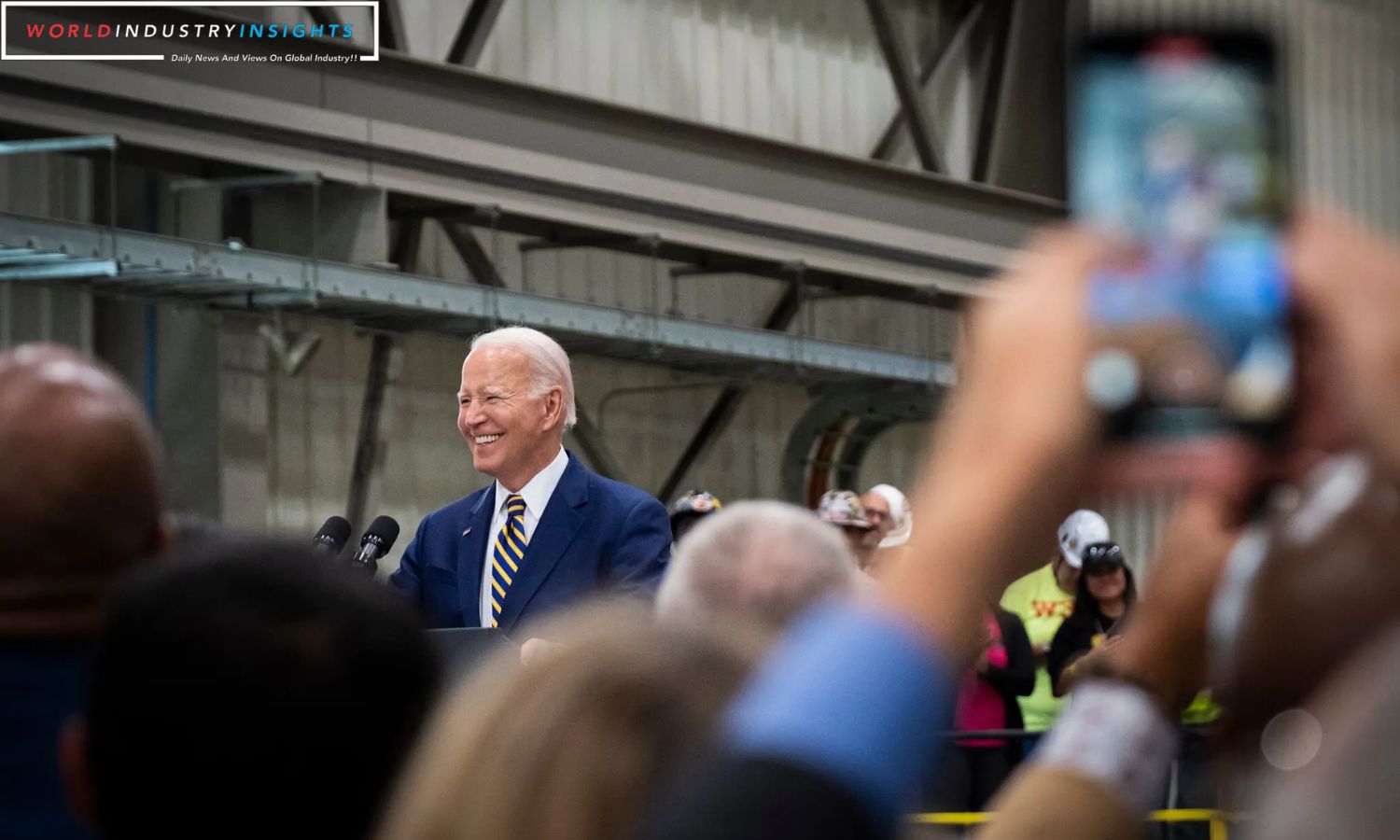Biden Economic Challenge: President Biden’s economic team is grappling with a challenge: why do Americans remain dissatisfied with the economy despite positive economic data? Siena College poll indicates that respondents in key battleground states trust former President Donald J. Trump more than President Biden to fix the economy. This sentiment persists even as the economy showed robust growth and job additions in the past year, with inflation decreasing significantly from its recent high.
This disconnect between economic performance and public perception raises questions. In the early 1980s, President Reagan faced a similar economic environment, but Americans had more faith in the economy and his stewardship. The contrast between these two periods provides valuable insights.
During Reagan’s era, the U.S. was emerging from a recession, and consumer prices had surged over 15% since he took office, similar to Biden’s experience. However, public trust in the economy and Reagan’s management of it was significantly higher than Biden’s current situation. The University of Michigan’s Index of Consumer Sentiment was substantially more positive under Reagan in the fall of 1983 than it is today.
Voter psychology has evolved since then. A 9% annual inflation rate last year was significantly higher than the average from Reagan’s time in office to Biden’s, leading to different perceptions of economic conditions. Consumers are more influenced by everyday products’ price increases and rapid price surges, which linger in their minds, affecting their outlook.
Also Read: US-China Economic War Intensifies: President Biden Targets Investments in Key Chinese Sectors
One potential solution for Biden is to launch a public persuasion campaign, focusing on prices that have started to decrease from recent highs. Consumer electronics like smartphones and computers have become more affordable, providing an opportunity to brighten voter sentiments.
Biden’s campaign has spent $25 million on television ads promoting “Bidenomics” and addressing issues such as the cost of prescription drugs. However, the impact of these efforts in polls is limited, as immediate results were not expected. Biden’s team is testing various messages to effectively communicate his economic record as the election approaches.
The Biden administration remains optimistic that ongoing economic improvements will eventually resonate with the public. Continued wage growth, in particular, is expected to restore purchasing power lost to recent inflation. It’s anticipated that consumers will adapt to the new price levels post-pandemic.
While some Democrats are concerned about Biden’s ability to convey these messages, his direct appeals have performed well in tests. The comparison with Reagan demonstrates that economic surveys have become more politicised in recent years. Reagan’s approach of championing economic performance and critiquing press coverage of its flaws appears to have been more effective in bolstering public sentiment.
In the current landscape, Biden has adjusted his approach to lean more into economic boosterism. As the share of Americans hearing positive economic news grows, there is hope that the public’s sentiment will eventually align with the positive economic indicators.
Our Reader’s Queries
What is bidens economic agenda?
President Biden aims to expand the Affordable Care Act, ensuring that 97% of Americans have access to health insurance coverage. To fund this initiative, his plan involves increasing the top tax rate to 39.6%, taxing capital gains at ordinary rates, and raising the corporate tax rate to 28%. These measures will generate additional tax revenue to support the healthcare system and improve the overall well-being of the American people.
Which president had the highest inflation rate?
During his presidency from 1977 to 1981, Jimmy Carter oversaw the highest GDP growth compared to President Joe Biden’s current term, with a difference of over 1%. However, his tenure also saw the highest inflation rate and the third-highest unemployment rate. In terms of poverty rates, Carter falls in the middle of the pack.
Is Bidenomics successful?
Despite the economy’s impressive performance, with record-low unemployment, rising real wages, strong GDP growth, and a rapid fall in inflation rates below global and historical averages, only 36 percent of Americans approve of Biden’s handling of the economy.
How is the US economy doing right now 2023?
Despite initial pessimistic forecasts, the US economy has shown remarkable progress over the past year, with growth exceeding expectations. In fact, the private consensus for real economic growth, as measured by the Blue Chip Economic Forecast, had predicted a negative 0.1% for the year, but the actual growth has been significant.


